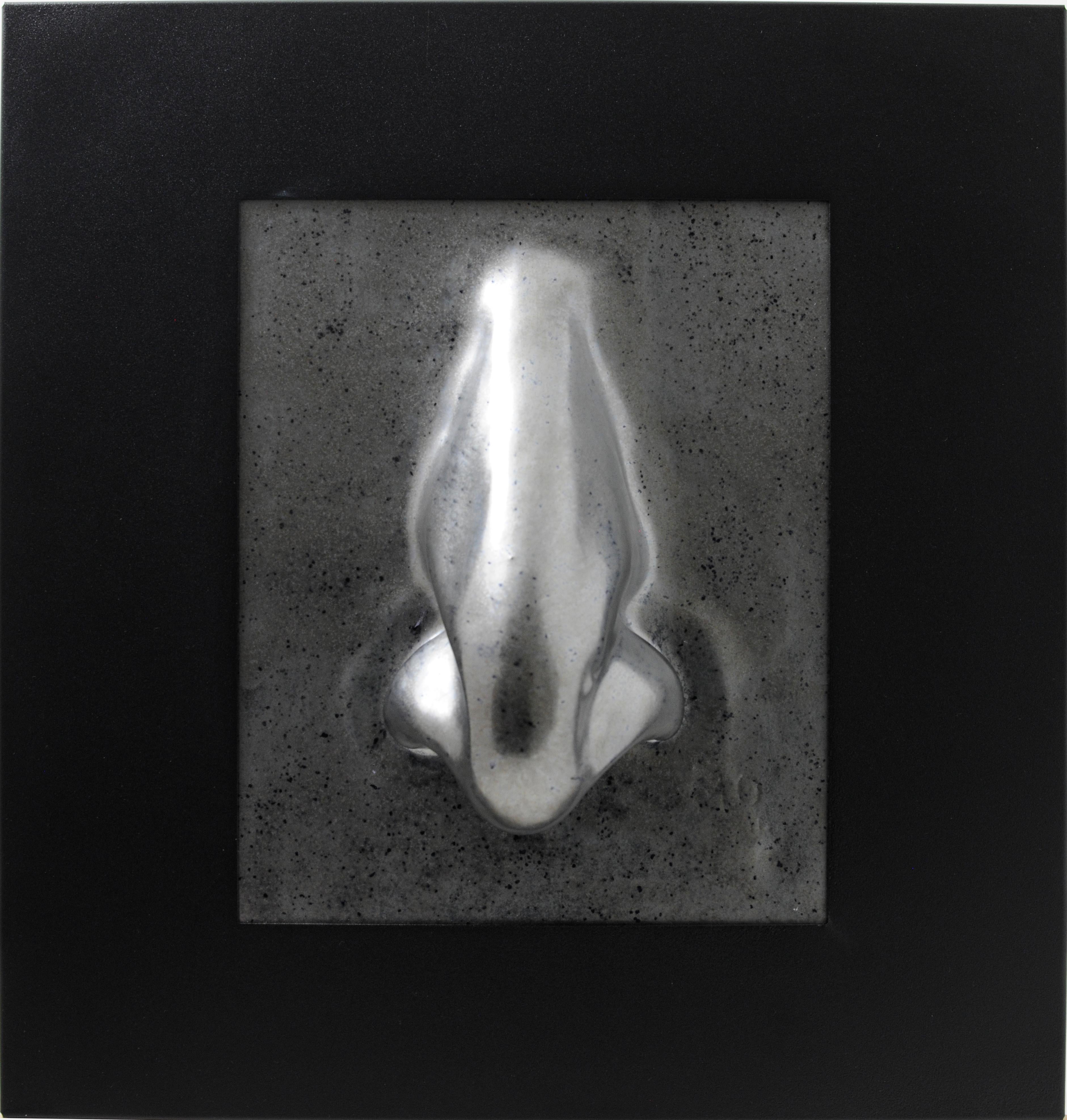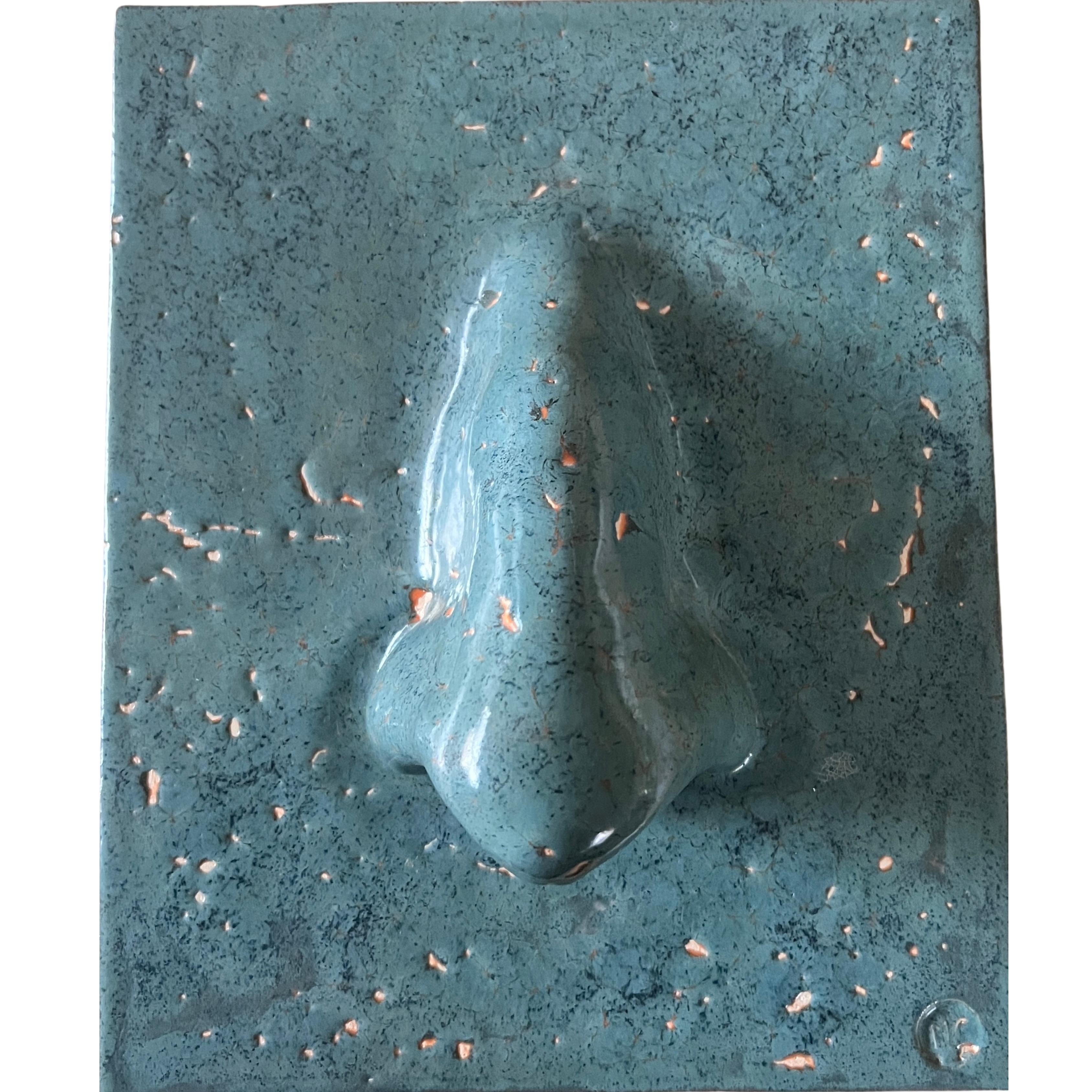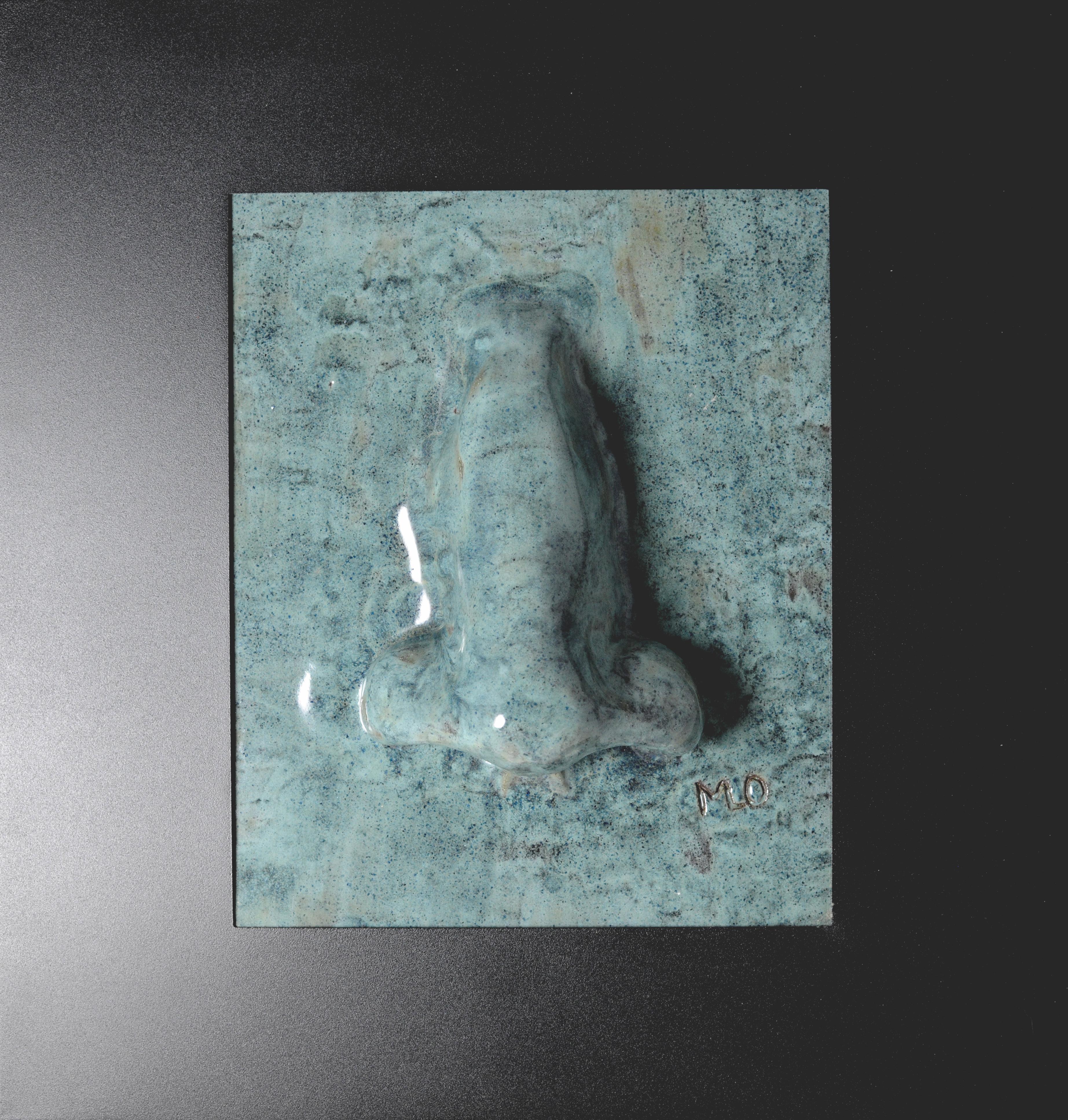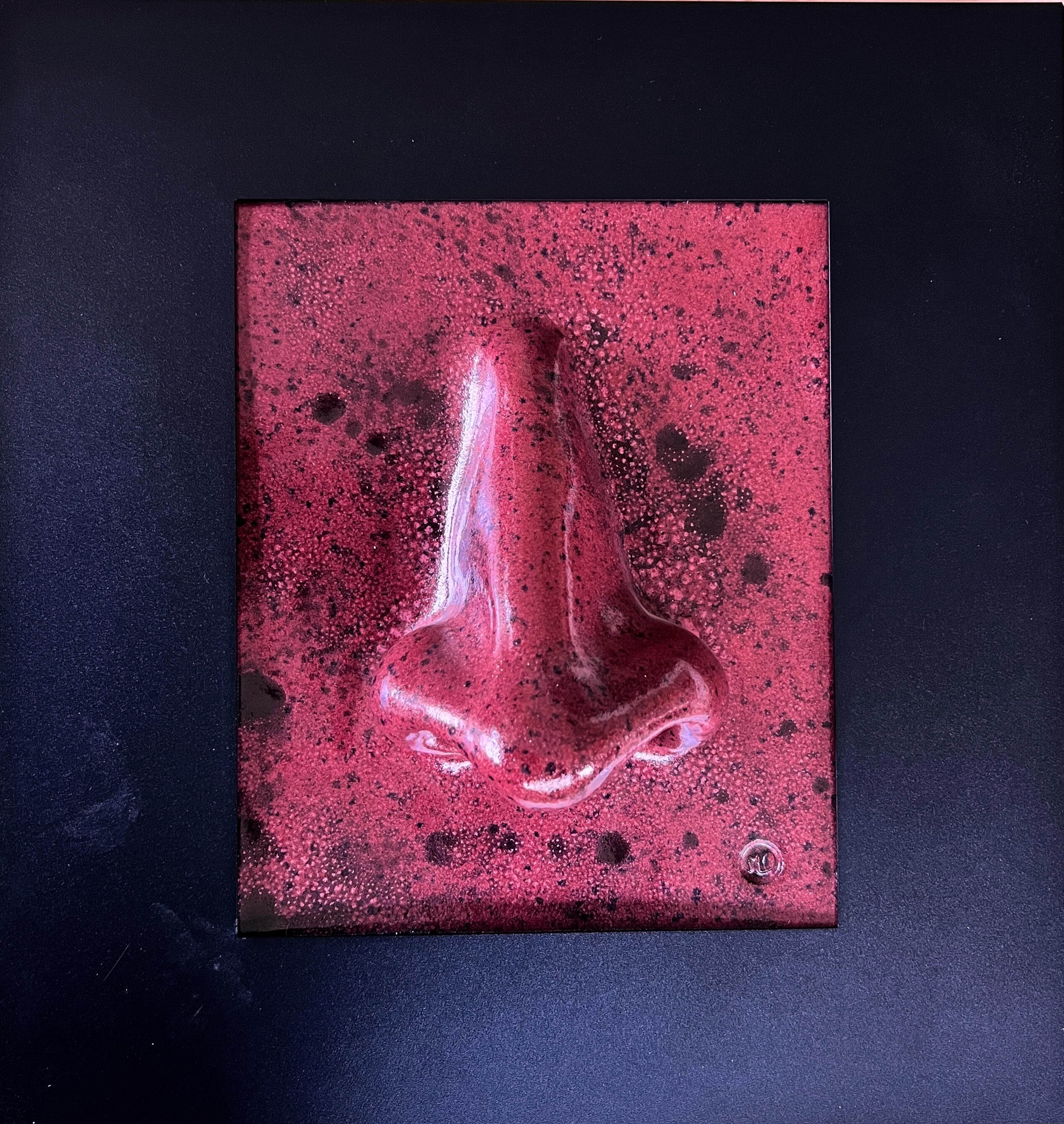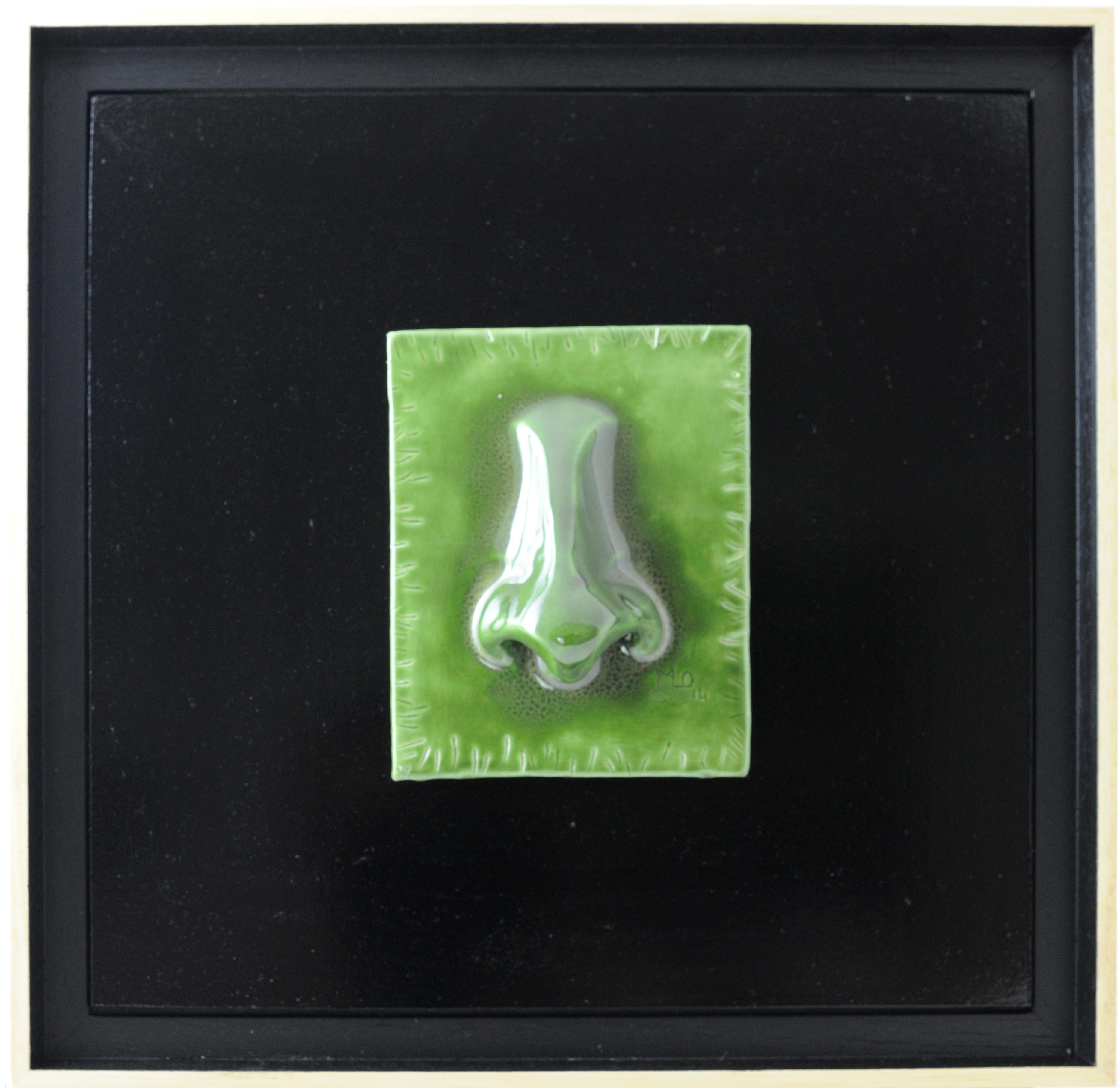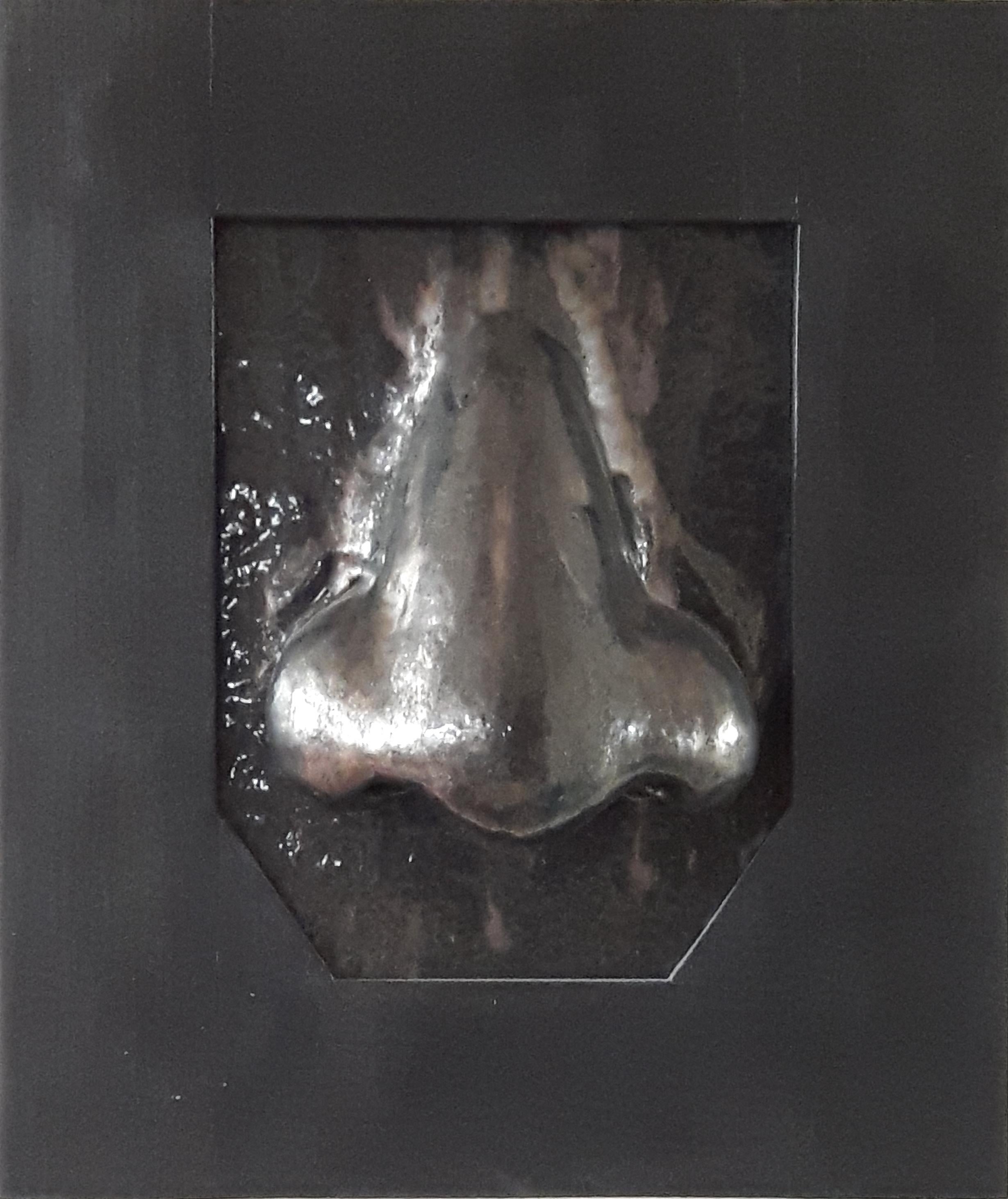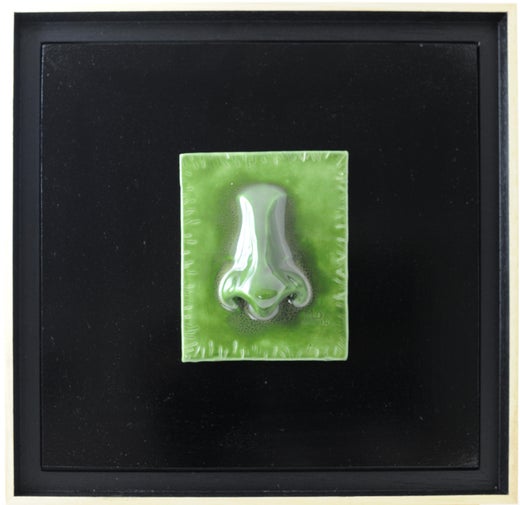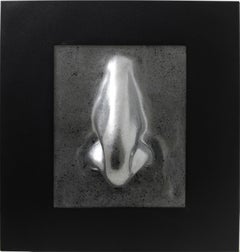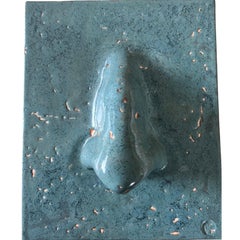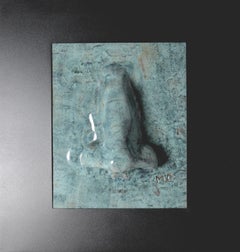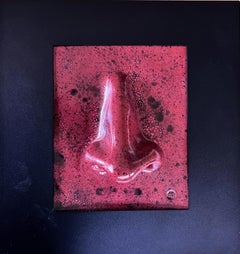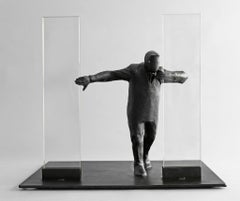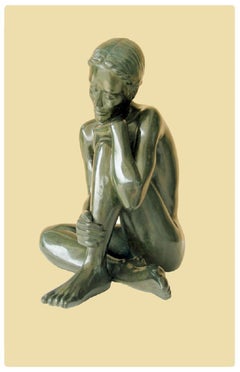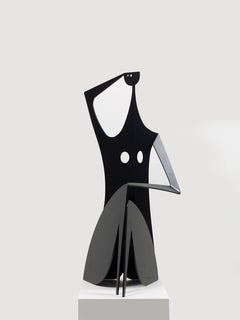Want more images or videos?
Request additional images or videos from the seller
1 of 8
Anne MillotFélix2015
2015
$1,910.23
£1,408.77
€1,600
CA$2,640.22
A$2,936.10
CHF 1,540.78
MX$35,804.37
NOK 19,475.97
SEK 18,259.49
DKK 12,181.05
Born in 1960 in Lille, France, Anne Millot is a self-taught artist. After attending evening classes to satisfy her need for creation while she lived in Paris and later Brittany, she decides in 2010 to truly dedicate herself to art and settles in Paris. She then opens her Parisian workshop and takes training courses in ceramics and enamel techniques. At first she sculpts faces, however she gradually takes an interest in the nose and all of its dimensions, such as its sexual symbolism, its olfactory utility or the character and expressions it conveys. Focusing on the nose as the centre of her work, Anne Millot isolates it from the rest of the face in order to show it exclusively. She draws her inspiration from a variety of subjects, from cinema stars to mythological creatures as well as perfumers (also known as « noses »). Anne Millot makes every sculpture - earthenware, stoneware and porcelain - in her workshop where she also creates her own enamels. Thanks to a technical and detailed association of forms, brightness and colors, she conveys a precise and humoristic retranscription of the harmony and personality of the noses she draws her inspiration from.
About the Seller
5.0
Vetted Professional Seller
Every seller passes strict standards for authenticity and reliability
Established in 2003
1stDibs seller since 2022
14 sales on 1stDibs
Typical response time: 1 hour
- ShippingRetrieving quote...Shipping from: Barcelona, Spain
- Return Policy
Authenticity Guarantee
In the unlikely event there’s an issue with an item’s authenticity, contact us within 1 year for a full refund. DetailsMoney-Back Guarantee
If your item is not as described, is damaged in transit, or does not arrive, contact us within 7 days for a full refund. Details24-Hour Cancellation
You have a 24-hour grace period in which to reconsider your purchase, with no questions asked.Vetted Professional Sellers
Our world-class sellers must adhere to strict standards for service and quality, maintaining the integrity of our listings.Price-Match Guarantee
If you find that a seller listed the same item for a lower price elsewhere, we’ll match it.Trusted Global Delivery
Our best-in-class carrier network provides specialized shipping options worldwide, including custom delivery.More From This Seller
View AllFakaté
Located in Barcelona, BARCELONA
Rugby noses, one is tempted to find the stigmata of this sport there. In reality, all rugby players seek above all to protect their ears, their teeth…
Alikisio Fakate owes the shape ...
Category
2010s Figurative Sculptures
Materials
Wood, Adhesive
$1,910
Rainette
Located in Barcelona, BARCELONA
Feel like biting into an apple, life, the forbidden fruit?
I chose to play with green glazes for this invitation.
This sculpture is an imaginary nose.
Category
2010s Figurative Sculptures
Materials
Earthenware
Clarkin
Located in Barcelona, BARCELONA
The ball changes sides... Mêlée! Bodies link up, muscles tear. Elbow strikes the nasal cartilage. The nose changes direction...
And to think this sport is called French Flair!
Category
2010s Figurative Sculptures
Materials
Metal
$1,910
Rey
Located in Barcelona, BARCELONA
He is a hunter. He calculates, he controls, he acts.
A warrior is not a leaf at the mercy of the wind.
Category
2010s Figurative Sculptures
Materials
Metal
$2,387
Crazy
Located in Barcelona, BARCELONA
Do you like vampire stories? Then you know this Golden Globe-winning actress from Buffy the Vampire Slayer. Since then, her character has play...
Category
2010s Figurative Sculptures
Materials
Wood, Adhesive
$1,193
Vol de nuit
Located in Barcelona, BARCELONA
This imaginary nose in the colours of a luminous night seems to snore from its nostrils, like the engine of a propeller plane.
I wanted to pay tribute to Antoine de Saint Exupéry, t...
Category
2010s Figurative Sculptures
Materials
Wood, Stoneware
You May Also Like
Beyond
By Jim Rennert
Located in Greenwich, CT
Edition of 9
Jim Rennert was born in 1958, and grew up in Las Vegas, Nevada, and Salt Lake City, Utah. After ten trying years of working in business, Rennert was inspired to explore ...
Category
2010s Figurative Sculptures
Materials
Bronze
$14,000
Bahia
By Patrick Brun
Located in Pasadena, CA
Patrick BRUN was born in Paris in 1941. After obtaining his Engineering degree, he began his professional life as a teacher in mathematics and physics. After this period, he started ...
Category
2010s Contemporary Figurative Sculptures
Materials
Bronze
$5,200 Sale Price
20% Off
Le Siffleur XS
Located in Porto, 13
This striking piece, known for its bold red finish and lifelike detail, exemplifies Zareski's unique artistic vision and mastery in sculpture.
"Le Sifflleur" is a part of Idan Zares...
Category
2010s Contemporary Figurative Sculptures
Materials
Resin
Epicurienne
Located in PARIS, FR
Philippe Hiquily (1925 – 2013) is a French artist and designer known for biomorphic furniture and sculptures. He was able to combine modernist design, insect physiognomy, and human s...
Category
2010s Figurative Sculptures
Materials
Metal
Agosta
By Patrick Brun
Located in Pasadena, CA
Patrick BRUN was born in Paris in 1941. After obtaining his Engineering degree, he began his professional life as a teacher in mathematics and physics. After this period, he started ...
Category
2010s Contemporary Figurative Sculptures
Materials
Bronze
$3,840 Sale Price
32% Off
Adaptation IX
By Karine Payette
Located in Montreal, Quebec
Through a variety of structural and wall-hanged pieces, Karine Payette’s Adaptation examines how changes in the environment can begin to have an impact on our physical existence. Ele...
Category
2010s Contemporary Figurative Sculptures
Materials
Silicone, Wood, Mixed Media, Pigment
More Ways To Browse
Lady Remington Vintage
Lincoln In Dalivision
Marble Shark Sculpture
Martin Eichinger
Matteo Mauro
Orlinski Bear
Rachel Ann Stevenson
Richard Macdonald Allonge
Richard Macdonald Elena
Richard Macdonald Sissone
Roman Marble Satyr
Ronald Reagan Bust
Sima Josef
Sony Walkman Cassette Player
Stanislaw Wysocki
Summer Solstice Vintage
Susan Kemenyffy
Taller Alfonso Castillo Orta
